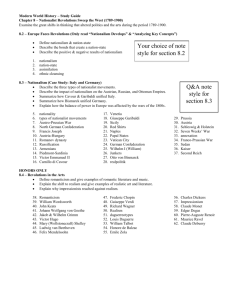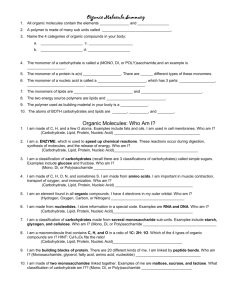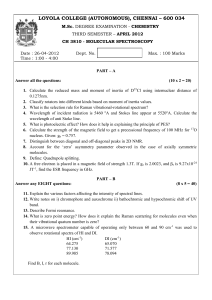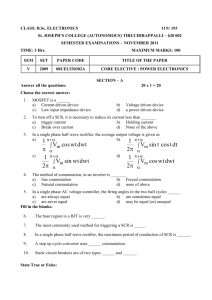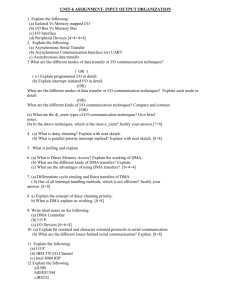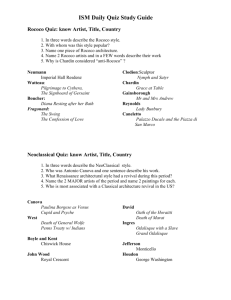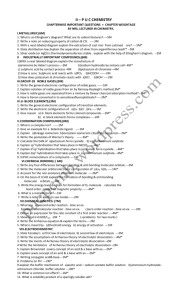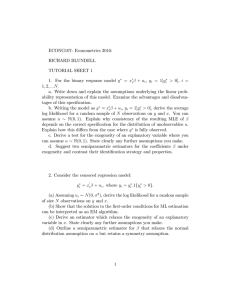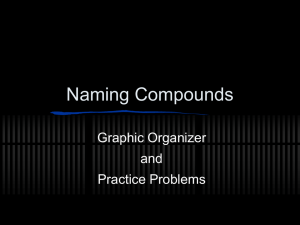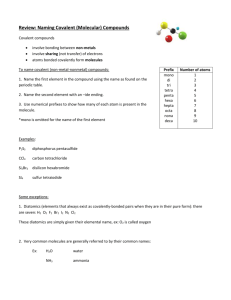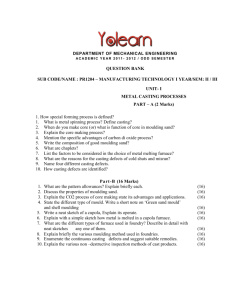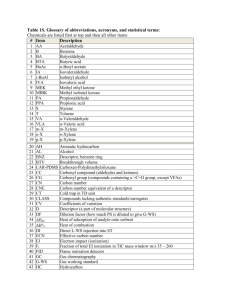study guide 005 - faculty.piercecollege.edu
advertisement
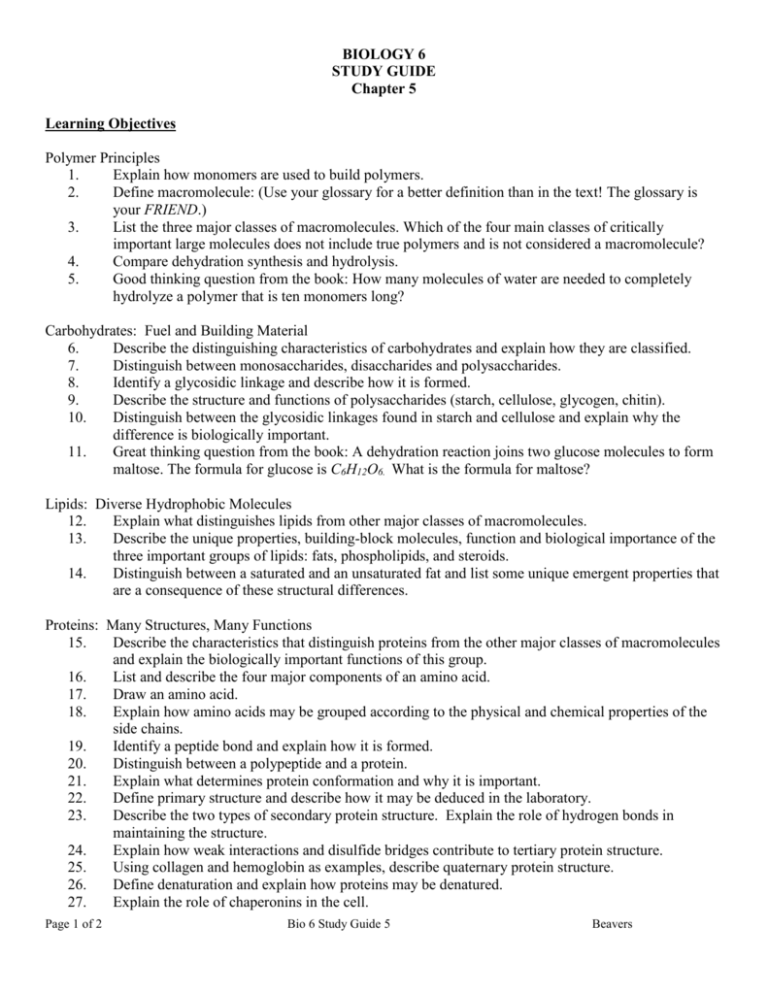
BIOLOGY 6 STUDY GUIDE Chapter 5 Learning Objectives Polymer Principles 1. Explain how monomers are used to build polymers. 2. Define macromolecule: (Use your glossary for a better definition than in the text! The glossary is your FRIEND.) 3. List the three major classes of macromolecules. Which of the four main classes of critically important large molecules does not include true polymers and is not considered a macromolecule? 4. Compare dehydration synthesis and hydrolysis. 5. Good thinking question from the book: How many molecules of water are needed to completely hydrolyze a polymer that is ten monomers long? Carbohydrates: Fuel and Building Material 6. Describe the distinguishing characteristics of carbohydrates and explain how they are classified. 7. Distinguish between monosaccharides, disaccharides and polysaccharides. 8. Identify a glycosidic linkage and describe how it is formed. 9. Describe the structure and functions of polysaccharides (starch, cellulose, glycogen, chitin). 10. Distinguish between the glycosidic linkages found in starch and cellulose and explain why the difference is biologically important. 11. Great thinking question from the book: A dehydration reaction joins two glucose molecules to form maltose. The formula for glucose is C6H12O6. What is the formula for maltose? Lipids: Diverse Hydrophobic Molecules 12. Explain what distinguishes lipids from other major classes of macromolecules. 13. Describe the unique properties, building-block molecules, function and biological importance of the three important groups of lipids: fats, phospholipids, and steroids. 14. Distinguish between a saturated and an unsaturated fat and list some unique emergent properties that are a consequence of these structural differences. Proteins: Many Structures, Many Functions 15. Describe the characteristics that distinguish proteins from the other major classes of macromolecules and explain the biologically important functions of this group. 16. List and describe the four major components of an amino acid. 17. Draw an amino acid. 18. Explain how amino acids may be grouped according to the physical and chemical properties of the side chains. 19. Identify a peptide bond and explain how it is formed. 20. Distinguish between a polypeptide and a protein. 21. Explain what determines protein conformation and why it is important. 22. Define primary structure and describe how it may be deduced in the laboratory. 23. Describe the two types of secondary protein structure. Explain the role of hydrogen bonds in maintaining the structure. 24. Explain how weak interactions and disulfide bridges contribute to tertiary protein structure. 25. Using collagen and hemoglobin as examples, describe quaternary protein structure. 26. Define denaturation and explain how proteins may be denatured. 27. Explain the role of chaperonins in the cell. Page 1 of 2 Bio 6 Study Guide 5 Beavers Nucleic Acids: Informational Polymers 28. Describe the characteristics that distinguish nucleic acids from the other major groups of macromolecules. 29. Summarize the roles of nucleic acids. 30. List the major components of a nucleotide and describe how these monomers are linked to form a nucleic acid. 31. Distinguish between a pyrimidine and a purine. Name the nucleotides in each group. 32. Briefly describe the three-dimensional structure of DNA. Key Terms polymer monomer condensation reaction dehydration reaction hydrolysis carbohydrate monosaccharide disaccharide glycosidic linkage polysaccharide starch glycogen double helix adenine Word Roots con = together di = two glyco = sweet hydro = water Page 2 of 2 cellulose chitin lipid fat fatty acid triacylglycerol saturated fatty acid unsaturated fatty acid steroid cholesterol protein conformation ribose guanine polypeptide amino acid protein quaternary structure denaturation chaperonins gene peptide bond nucleic acid primary structure deoxyribonucleic acid secondary structure ribonucleic acid alpha helix nucleotide pleated sheet pyrimidine tertiary structure purine disulfide bridges polynucleotide hydrophobic interaction deoxyribose cytosine thymine -lyse = break macro = large meros = part mono = single Bio 6 Study Guide 5 -sacchar = sugar -poly = many tri = three Beavers
